Most people think of Ferrari as untouchable—purebred machines from Maranello built to dominate tracks and stir up envy. But back in the ’60s, Pontiac took a shot that landed hard enough to rattle the cage. With big V8s, sharp marketing, and raw street performance, they didn’t just challenge Ferrari in spirit—they borrowed its name, poked at its prestige, and even showed up on its turf.
This isn’t a story about imitation. It’s about how Pontiac, a division of GM more associated with full-size cruisers, briefly turned itself into a serious contender in the global performance scene. Here are ten moments where Pontiac didn’t just chase Ferrari—it nearly beat them at their own game.
The GTO Wasn’t Just a Name—It Was a Direct Shot at Ferrari
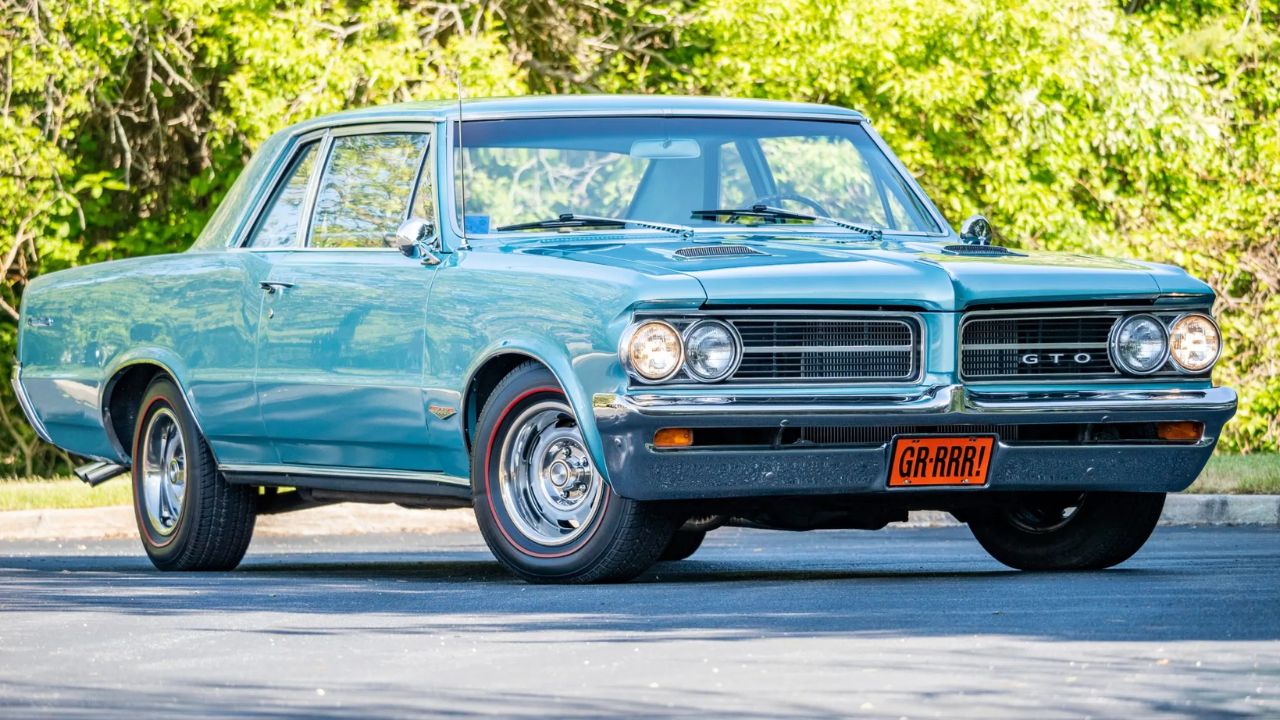
When Pontiac rolled out the GTO in 1964, it wasn’t an accident that they used the same name as Ferrari’s Gran Turismo Omologato. It was a bold move from John DeLorean and his crew, signaling that this wasn’t just a fast car—it was meant to shake up the old-world sports car scene. It put Europe on notice that Detroit wasn’t just building iron sleds anymore.
Ferrari had just released the 250 GTO, a homologated race car that dominated GT racing. Pontiac took that badge and slapped it on a street-legal V8 bruiser that regular folks could buy for under $3,500. It may not have had the finesse of a Ferrari, but in a straight line, the GTO didn’t flinch.
389 Cubic Inches of Trouble
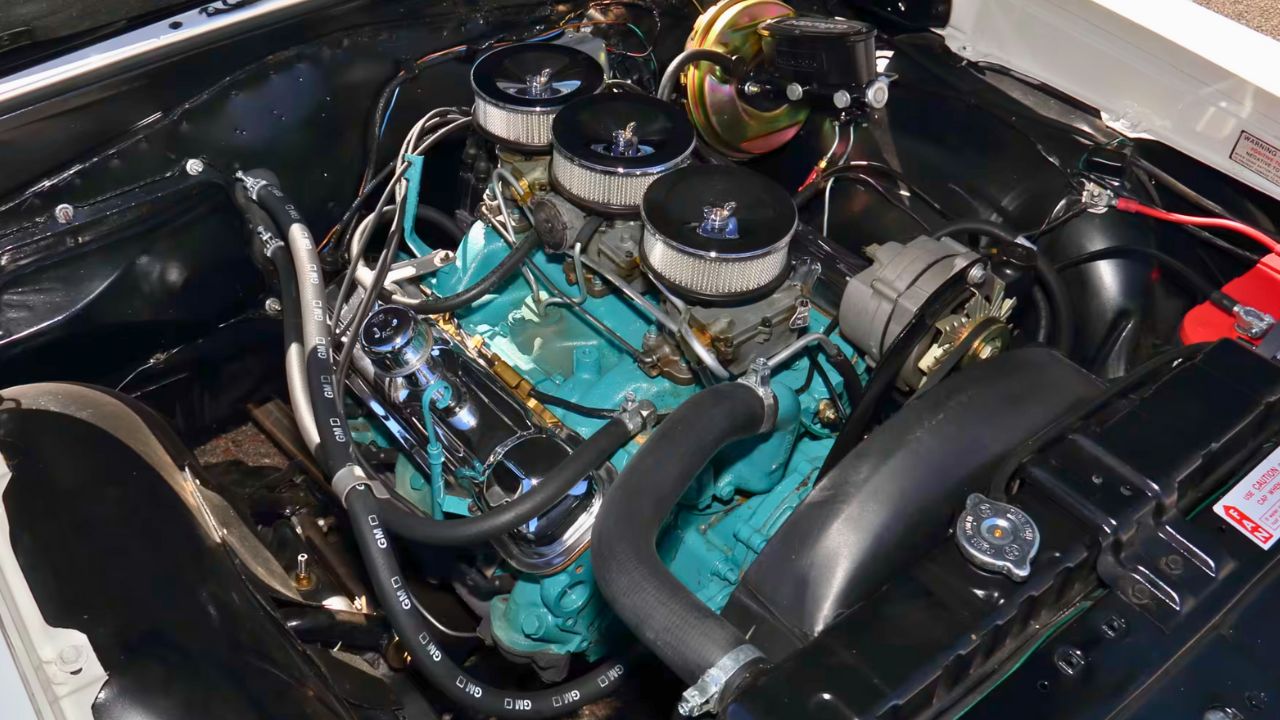
At the heart of Pontiac’s GTO was a 389-cubic-inch V8 that pumped out up to 348 horsepower and 428 lb-ft of torque with the optional Tri-Power setup. While Ferrari was perfecting high-revving V12s, Pontiac leaned into brute force and big displacement.
The GTO was faster than it had any right to be for a mid-size American coupe. In period testing, it ran the quarter-mile in the low 14s and could hit 60 mph in under 6 seconds. Those numbers put it in the same league as exotic cars that cost two or three times as much.
The Car and Driver Ferrari Feud
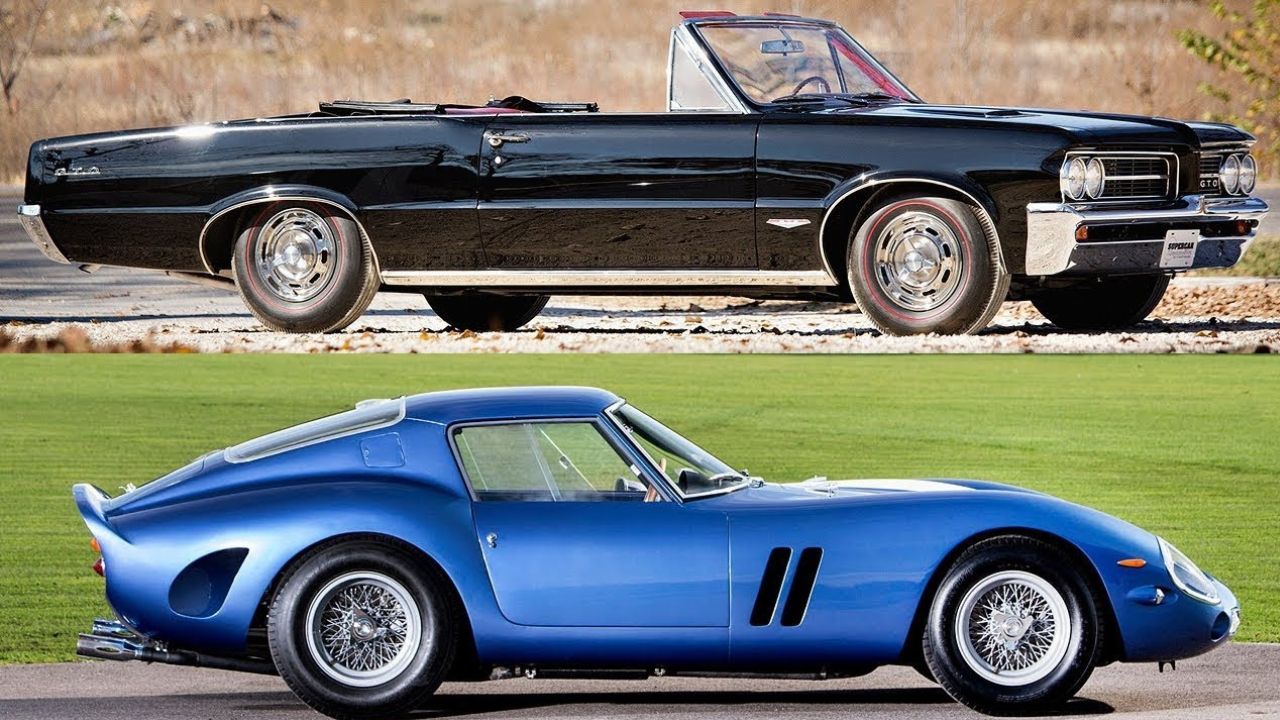
The famous Car and Driver test in 1964 claimed the Pontiac GTO outran a Ferrari GTO. That test sparked controversy that’s still debated today. The actual Ferrari never showed—it was reportedly swapped for a less powerful 250 GT. Regardless, the damage was done.
Pontiac’s marketing team ran with the headline and leaned into the Ferrari comparison, stirring the pot in a way no other Detroit brand dared to do. Whether or not the test was fair, it pushed the GTO into pop culture and made Ferrari take notice of the upstart from Michigan.
Power to the People
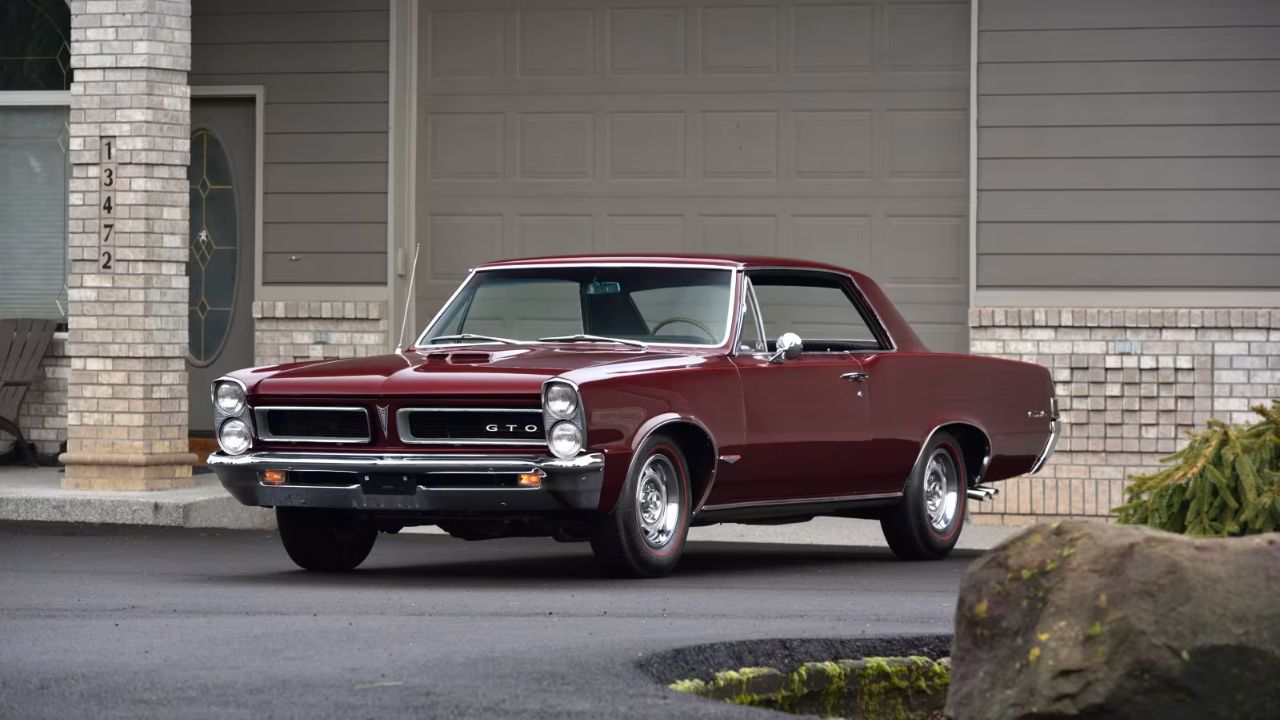
Pontiac did something Ferrari couldn’t: make performance affordable. While a 250 GTO cost more than a house, Pontiac sold its GTO package for about $300 over the base Tempest LeMans. That meant high schoolers and blue-collar workers could park muscle in their driveway.
It wasn’t about lap times or cornering precision—it was about accessible speed and American attitude. The GTO launched a wave of muscle cars that brought horsepower into the hands of everyday drivers, while Ferrari remained a fantasy for most people.
Styling That Threw Punches
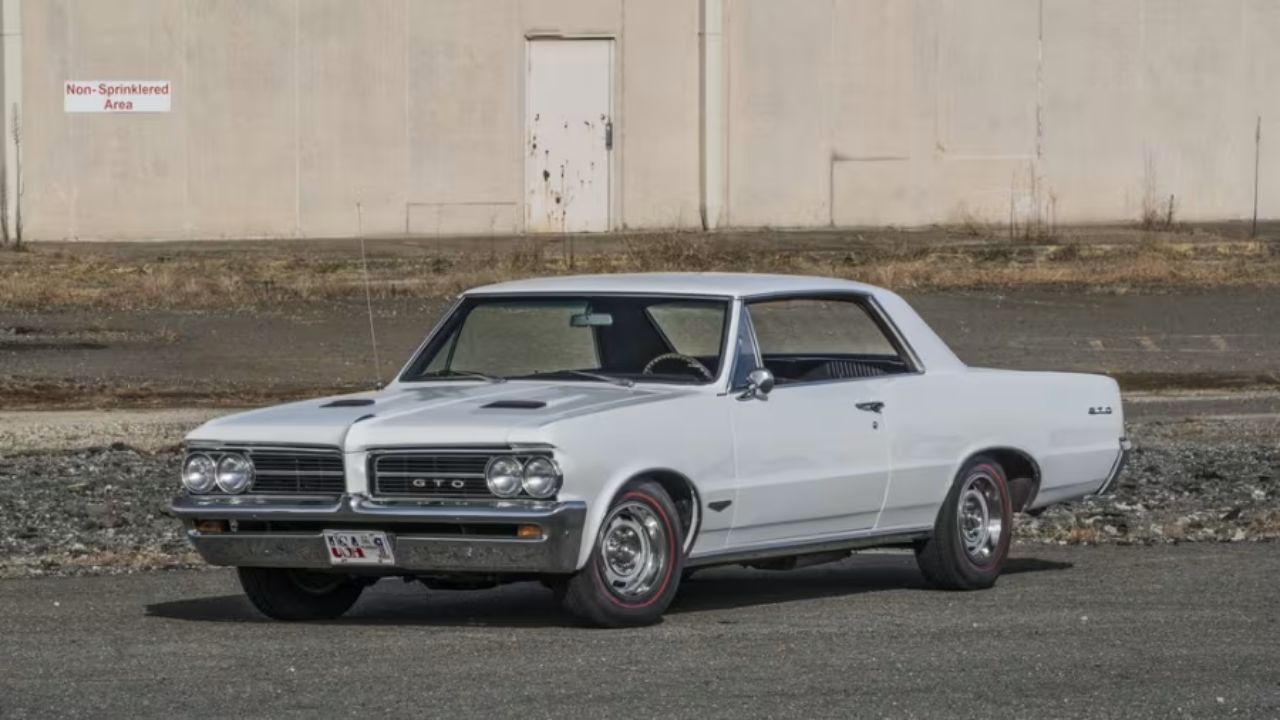
The early GTO didn’t have hand-formed bodywork or Pininfarina lines, but it had a different kind of style—aggressive, squared-off, and ready for a fight. The dual hood scoops and wide stance made it look like it meant business even when standing still.
Ferrari had elegance; Pontiac had muscle. The GTO’s street presence played into its bad-boy image, helping it stand out in the sea of sedans and coupes. It didn’t need flowing curves—it looked fast because it was fast, and that visual attitude mattered in the parking lot and on Woodward Avenue.
Horsepower Was Just the Beginning
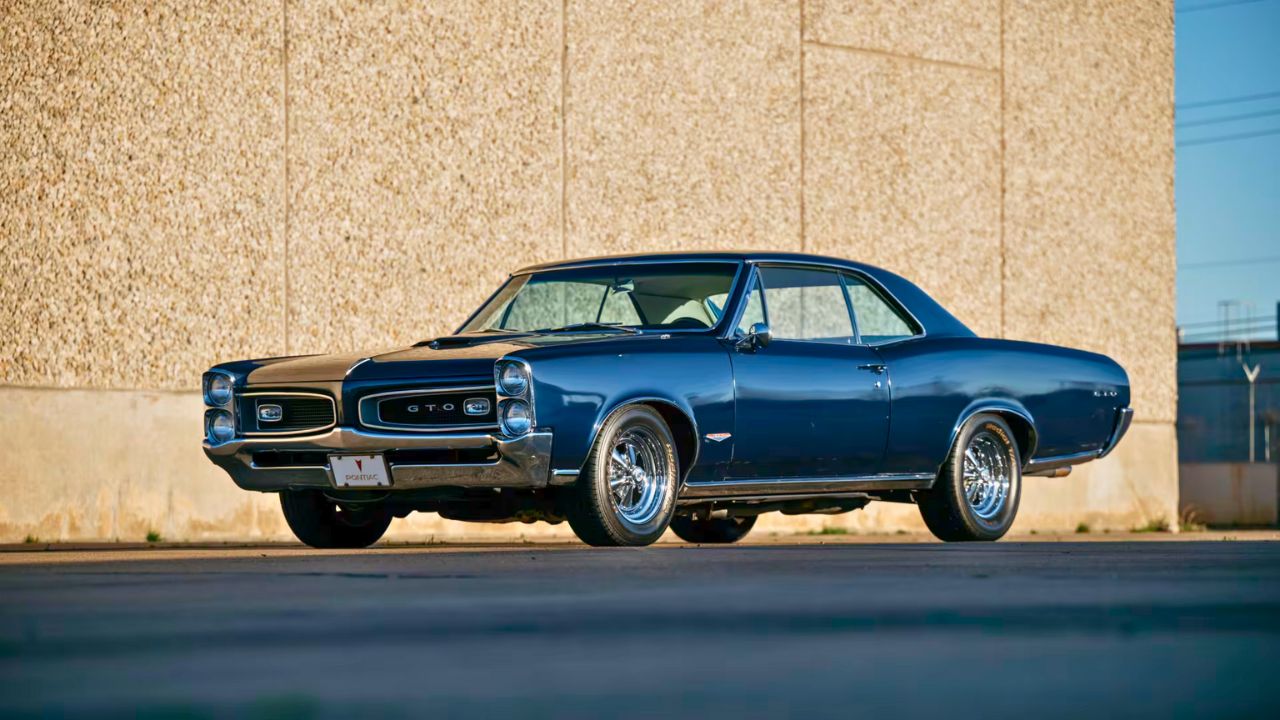
The GTO evolved quickly, and by 1966 it was packing a 360-horsepower 389 with optional Ram Air. That same year, Pontiac sold nearly 97,000 GTOs. Ferrari’s production totals were tiny by comparison, reinforcing just how different the two approaches were.
Pontiac built cars for scale without giving up on speed. In contrast, Ferrari built each car like a piece of sculpture, often by hand. But in terms of raw numbers, Pontiac’s GTO wasn’t just a hit—it was a phenomenon that shaped an entire decade of car culture.
Ferrari Was Racing; Pontiac Was Winning the Streets

Ferrari had Le Mans and Formula 1. Pontiac had the streetlights, stop signs, and quarter-mile strips across America. While Enzo Ferrari was obsessed with circuit dominance, Pontiac engineers cared about what happened from 0 to 60 on real roads.
The GTO could run with the best in a straight line, and that’s where most American battles happened. It wasn’t built for Monza—it was built for Michigan, and that’s where it earned its respect. It was the car that could walk the walk without needing a podium.
Pontiac’s Street Cred Was No Joke
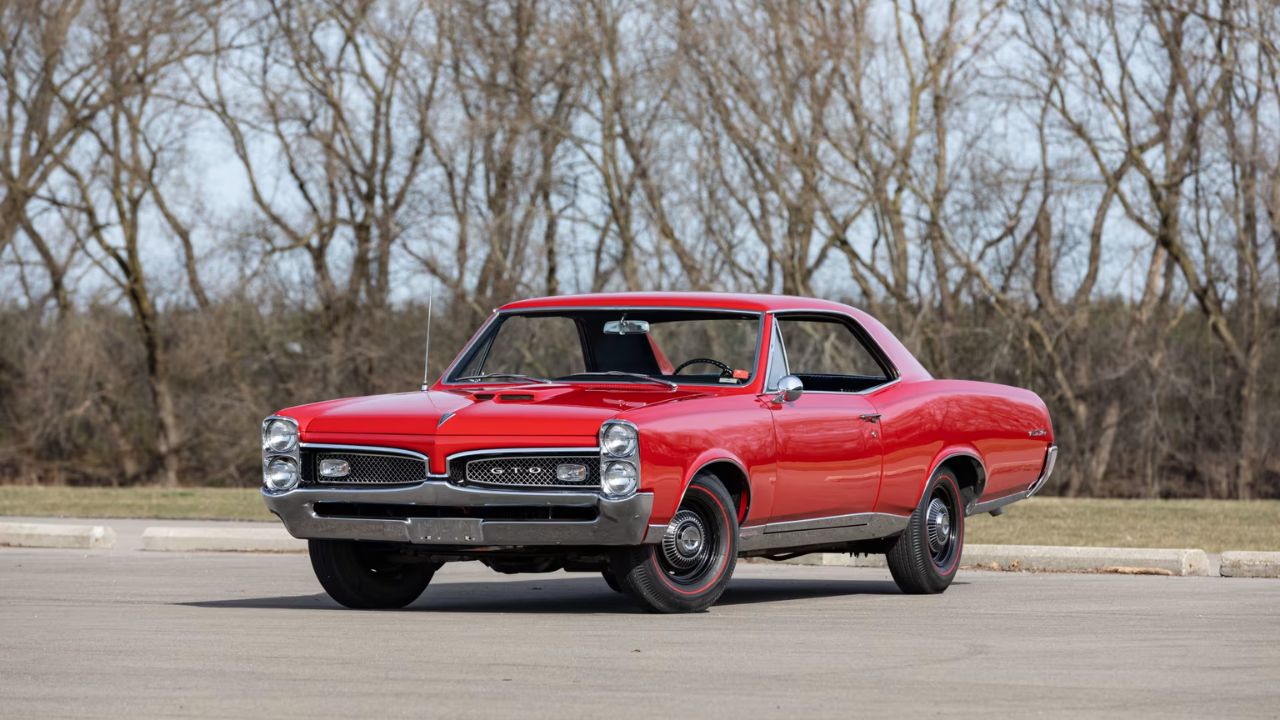
In the late ’60s, the GTO wasn’t just fast—it was everywhere. Rock bands wrote about it. Movies featured it. You didn’t need to be a car nut to know what a GTO was. It had street cred that no Ferrari could ever hope to achieve on American turf.
Ferraris were rare sightings in the U.S. and usually owned by doctors or collectors. Meanwhile, Pontiac’s GTOs were prowling high schools and drive-ins. That cultural presence gave it an edge Ferrari couldn’t replicate, no matter how fast its cars were in Italy.
Ram Air IV: Detroit’s Answer to Modena
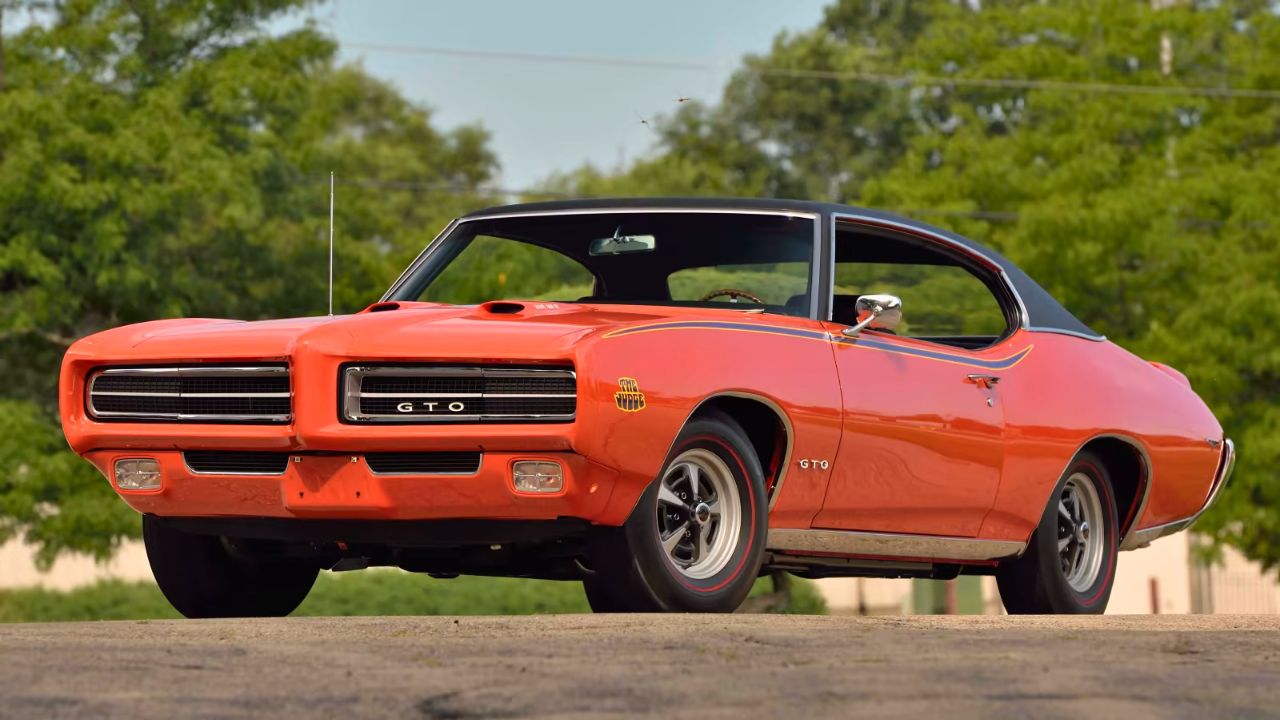
By 1969, the GTO could be optioned with the Ram Air IV, a 400-cubic-inch V8 rated at 370 horsepower and 445 lb-ft of torque. But that was underrated—real output was closer to 410 horsepower. That kind of grunt let it square off with just about anything.
It wasn’t subtle. The Ram Air IV came with upgraded heads, forged internals, and a lopey cam that made it idle like it was ready for war. While Ferrari built its reputation on finesse, Pontiac was throwing horsepower haymakers—and plenty of them landed.
Pontiac Proved Something Bigger Than Speed
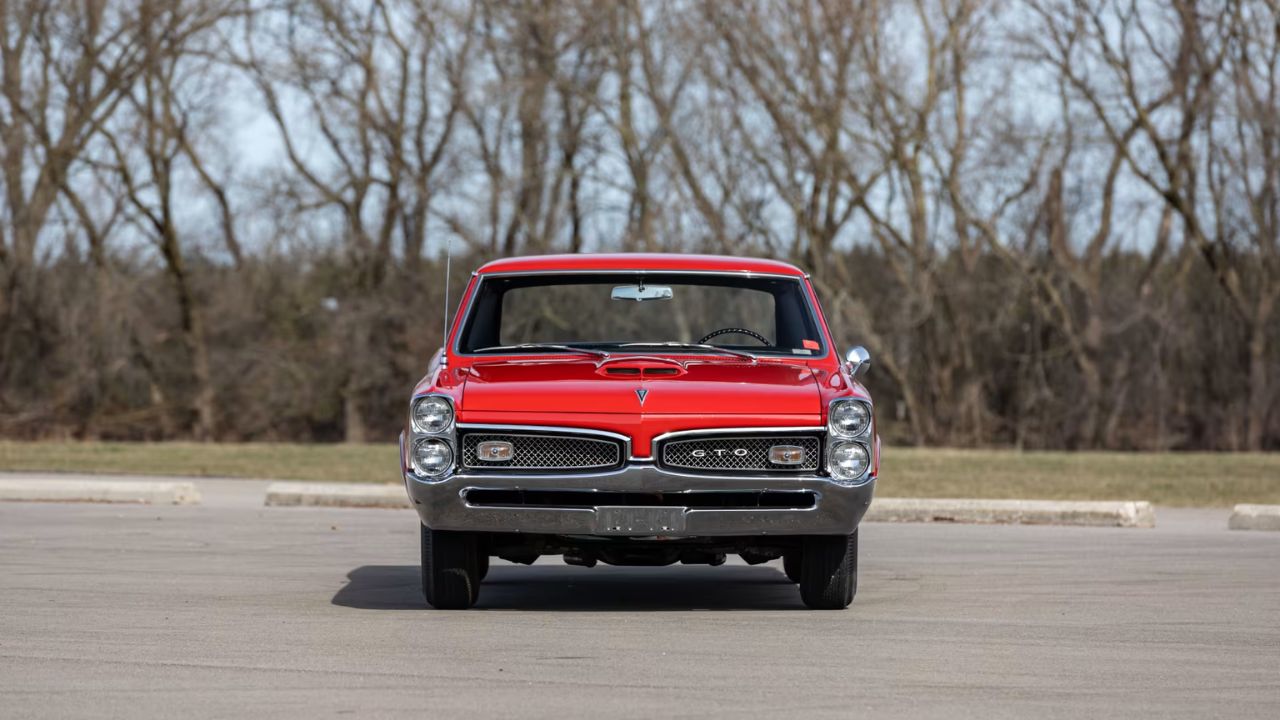
The GTO didn’t need to beat Ferrari on the track. What it proved was that performance didn’t have to be exclusive. You didn’t need European badges or racing heritage to build something fast and fun. That lesson reshaped the car industry.
Ferrari stayed Ferrari. But Pontiac forced everyone—Ford, Chrysler, even GM’s own divisions—to up their game. The GTO didn’t just challenge Ferrari; it rewrote the rules on who could play in that arena. And for a while, it almost looked like Ferrari blinked.
Like what you read? Here’s more by us:
*Created with AI assistance and editor review.

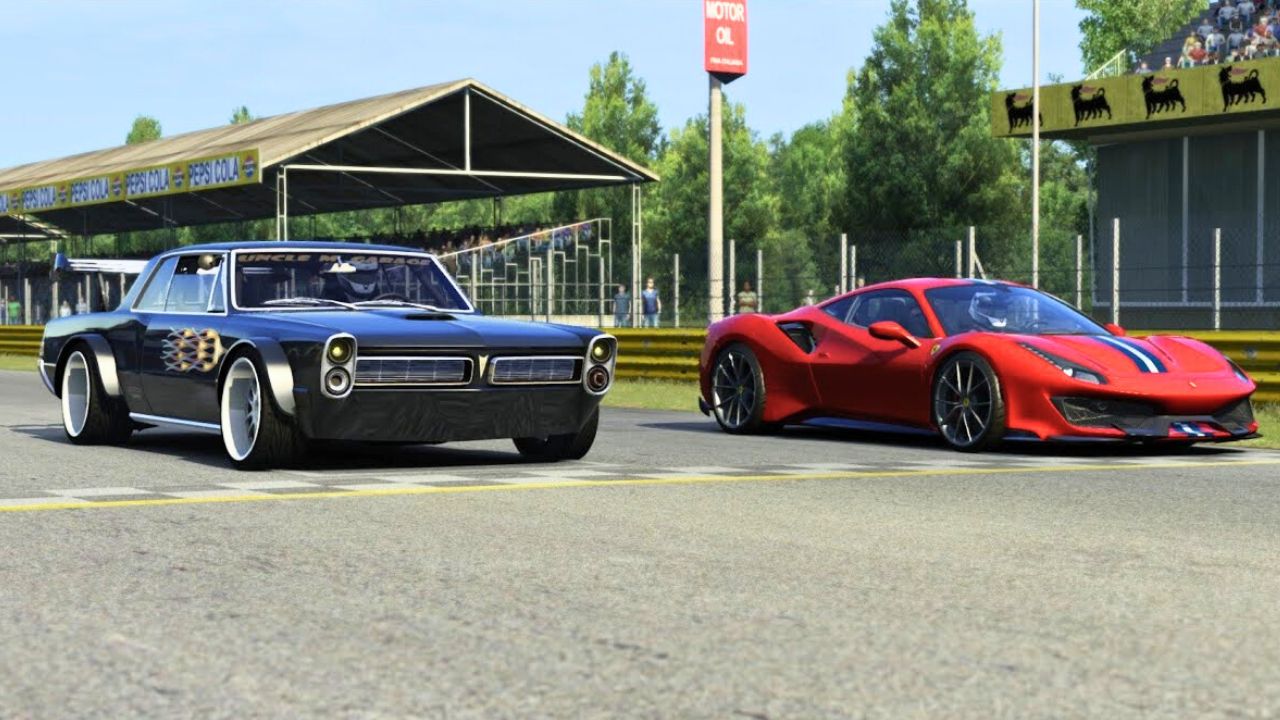

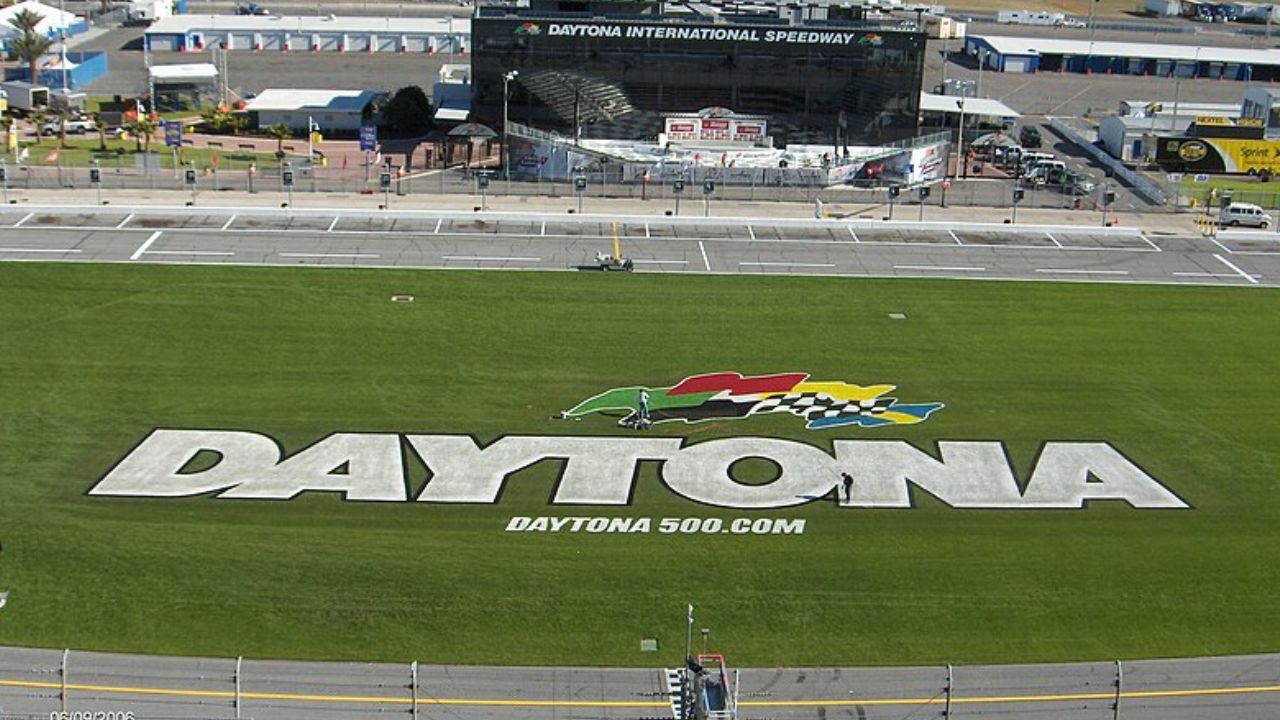
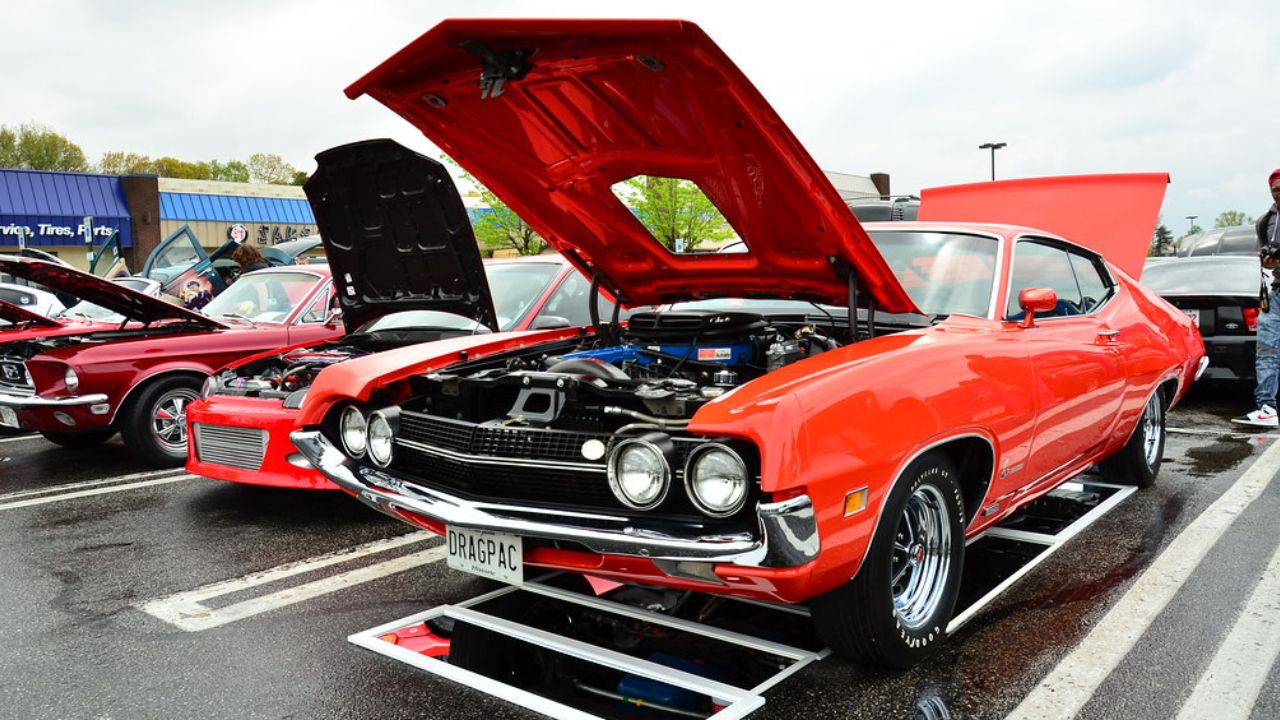

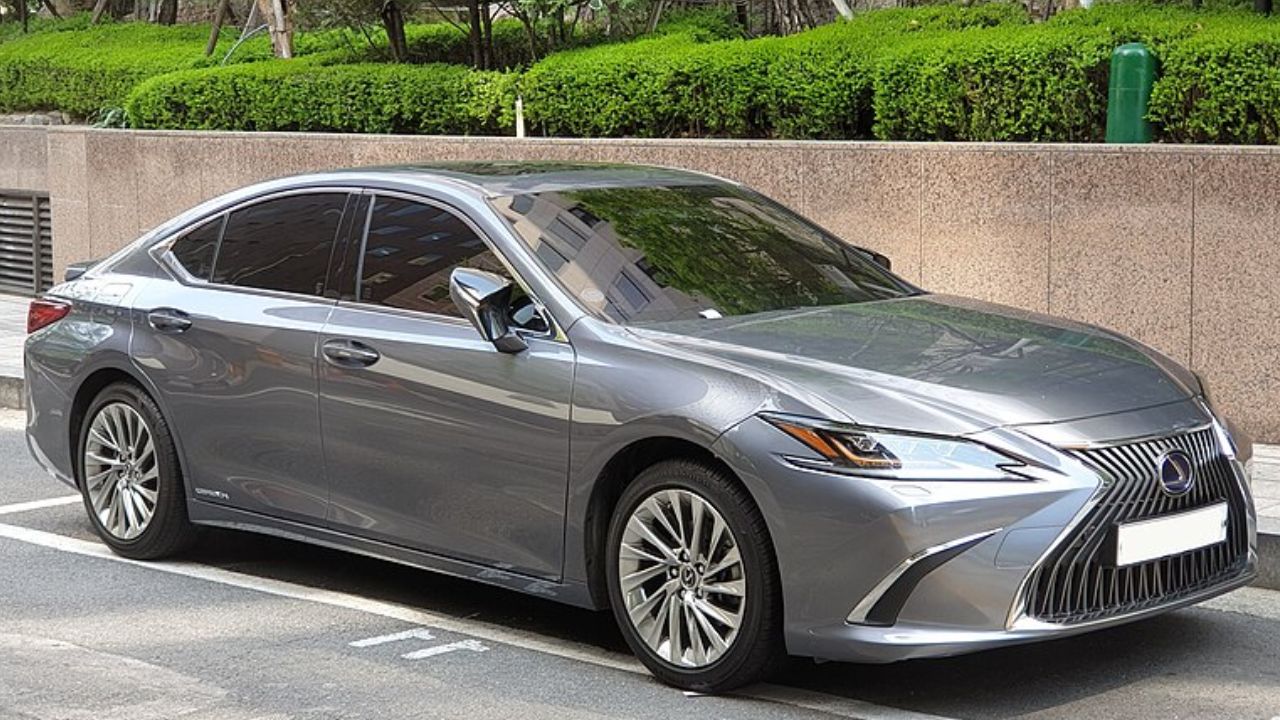
Leave a Reply